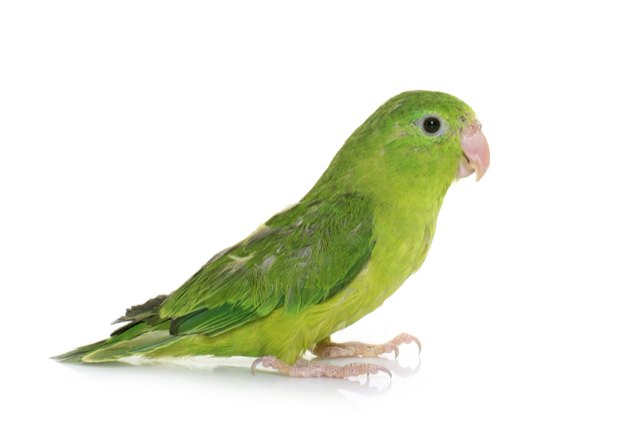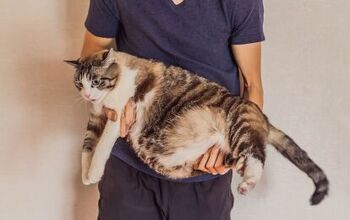Pacific Parrotlet


About Pacific Parrotlet
Pet parrots come in all shapes and sizes. But in truth, many of them are large and sometimes a handful to look after. Luckily, we got parrotlets, popularly called the “pocket parrots.” The Pacific Parrotlet is becoming more and more popular as a pet bird, due to its cute looks, fun personalities, and ease of care. If you’re looking for a loving little companion, then Pacific Parrotlet might be the right choice!
Small but full of spirit, the Pacific Parrotlet is a little bird with a lot to love.
Native Region/Natural Habitat
Pacific Parrotlet, or, as it is also known, celestial parrotlet, originated in South America, mostly in Ecuador and Peru. These lovely birds enjoy tropical forests and shrubland, where they live in flocks of up to forty or more birds. Once a parrotlet bonds with a chosen mate, they remain a loyal and committed partner for their entire life. This partly transfers into their life as a pet – they will become a faithful companion to either you or another parrotlet!
Truly a pocket-sized, stout little bird, Pacific Parrotlet will grow from 4 to 5.5. inches (11 to 14 centimeters) in length. Their short tails give them a stocky and cute look. They mostly resemble their big cousins, the Amazon parrots, and portray a cute, diminutive version of them. While their appearance might be the scaled-down version of large parrots, their personality certainly isn’t: these petite birds share most behavioral traits with their “full-sized” cousins.
Pacific Parrotlets are generally not noisy and can be quiet throughout the day. Mimicry is not as developed as in other parrots, but they will usually pick up a few words and repeat them. If you’re looking for an apartment pet bird, the parrotlets low level of noise might be the best solution, as it will not be a disturbance. Besides the talking, Pacific parrotlets sing a repetitive set of chirping tones.
The predominant color of Pacific Parrotlet is green, in different shades. The wings are mostly darker green, while the bellies and head are of a lighter, striking green tone. Males have a distinctive blue stripe that starts from their eyes and round the back of their head. This is an easy way to separate them from the females. In captivity, many new colors were specially created. That’s why today we have Pacific Parrotlet in white, yellow, or blue colors.
Besides the lovely, natural green color, Pacific parrotlets can be found in a variety of standard color mutations.
The most common choices for parrotlet food are pellet-based diets and commercial seed mixes. Aside from these, a balanced diet should include a regular addition of fruits and vegetables. Your parrotlet will love some bananas, apples, pears or carrots. Take special care of their water, replacing it regularly.
To ensure good hygiene and health provide your pet regular baths. As is common for most small birds, excess energy is another trait of parrotlets. To satisfy their need to move about, a big and roomy cage is needed.
Don’t be fooled by their tiny size and cute looks. They’re not that fragile. Actually, these birds are quite the hardy ones. With proper care and attention given to them, your pet will have no troubles. With their lifespan of 10 to 15 years, they can be a real long-time companion. Take care to avoid the excessive cold, draft or improper hygiene. These are the biggest threats to any pet bird.
Small size doesn’t always mean fragile health. The Pacific parrotlets are hardy and strong.
These tiny birds have genuine big bird personalities. They are known for their affectionate, playful and often willful personality. With a tendency not to care about their size, they will not hesitate to square up and nibble on rude guests or nosy pets. A nice aspect of these birds is their tendency to bond, and if kept alone they will surely become a companion to you – their owner. However, if you work long hours or simply wish for your pet to have a feathery mate of their own, you should consider getting a pair of Pacific Parrotlets. They’ll provide each other company and affection, and you’ll get to enjoy double the fun with your new pet birds!
Photo credit: cynoclub/Shutterstock; Ear Iew Boo/Shutterstock; Eric Isselee/Shutterstock

A proud mama to seven dogs and ten cats, Angela spends her days writing for her fellow pet parents and pampering her furballs, all of whom are rescues. When she's not gushing over her adorable cats or playing with her dogs, she can be found curled up with a good fantasy book.
More by Angela Vuckovic

























